Kyoto, Japan’s cultural gem and ancient capital, is a city steeped in history, tradition, and natural beauty. From its majestic temples to serene bamboo forests, Kyoto offers a captivating journey through time and culture. In this article, we’ll explore the top 10 most popular places and activities in Kyoto, delving into their significance and what makes them essential stops for any visitor.
1. Kinkaku-ji Temple: The Golden Pavilion

Kinkaku-ji Temple, also known as the Golden Pavilion, is one of Kyoto’s most iconic landmarks. The temple’s dazzling golden exterior reflects on the serene waters of its surrounding pond, creating a mesmerizing sight. Visitors can explore the temple grounds, stroll through the meticulously landscaped gardens, and experience the tranquility that defines this UNESCO World Heritage site.
2. Fushimi Inari Taisha: A Path of Torii Gates
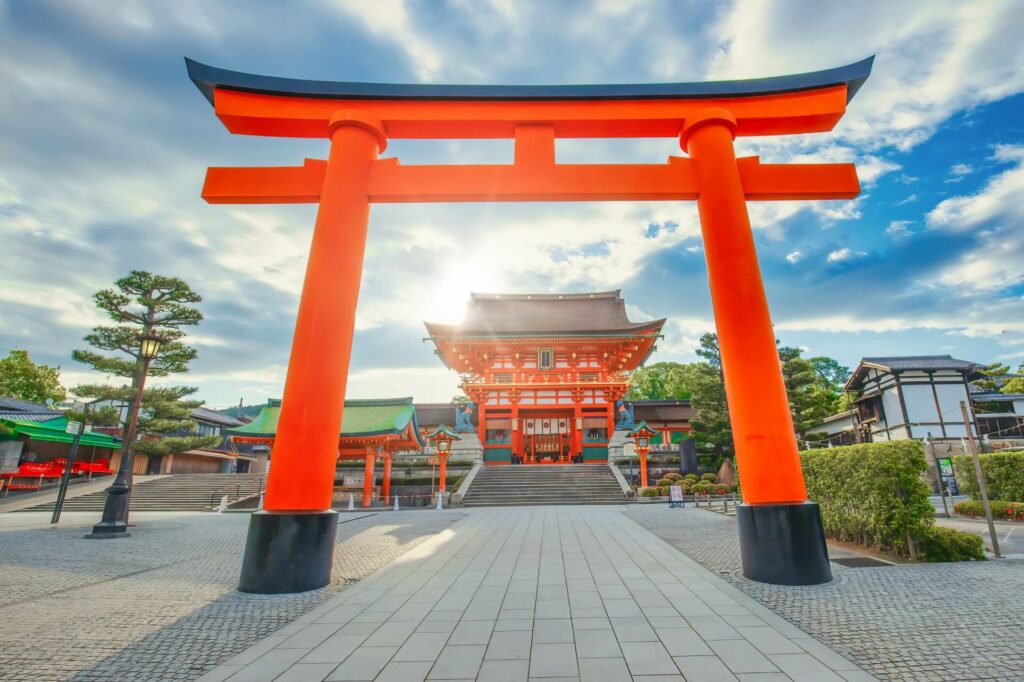
Fushimi Inari Taisha is a shrine famous for its thousands of vibrant orange torii gates that form winding paths up the sacred Mount Inari. Visitors can embark on a mesmerizing journey through these gates, enjoying panoramic views of Kyoto along the way. The shrine is dedicated to Inari, the Shinto god of rice and prosperity, making it a significant spiritual destination as well as a photographer’s paradise.
3. Arashiyama Bamboo Grove: Lost in Tranquility
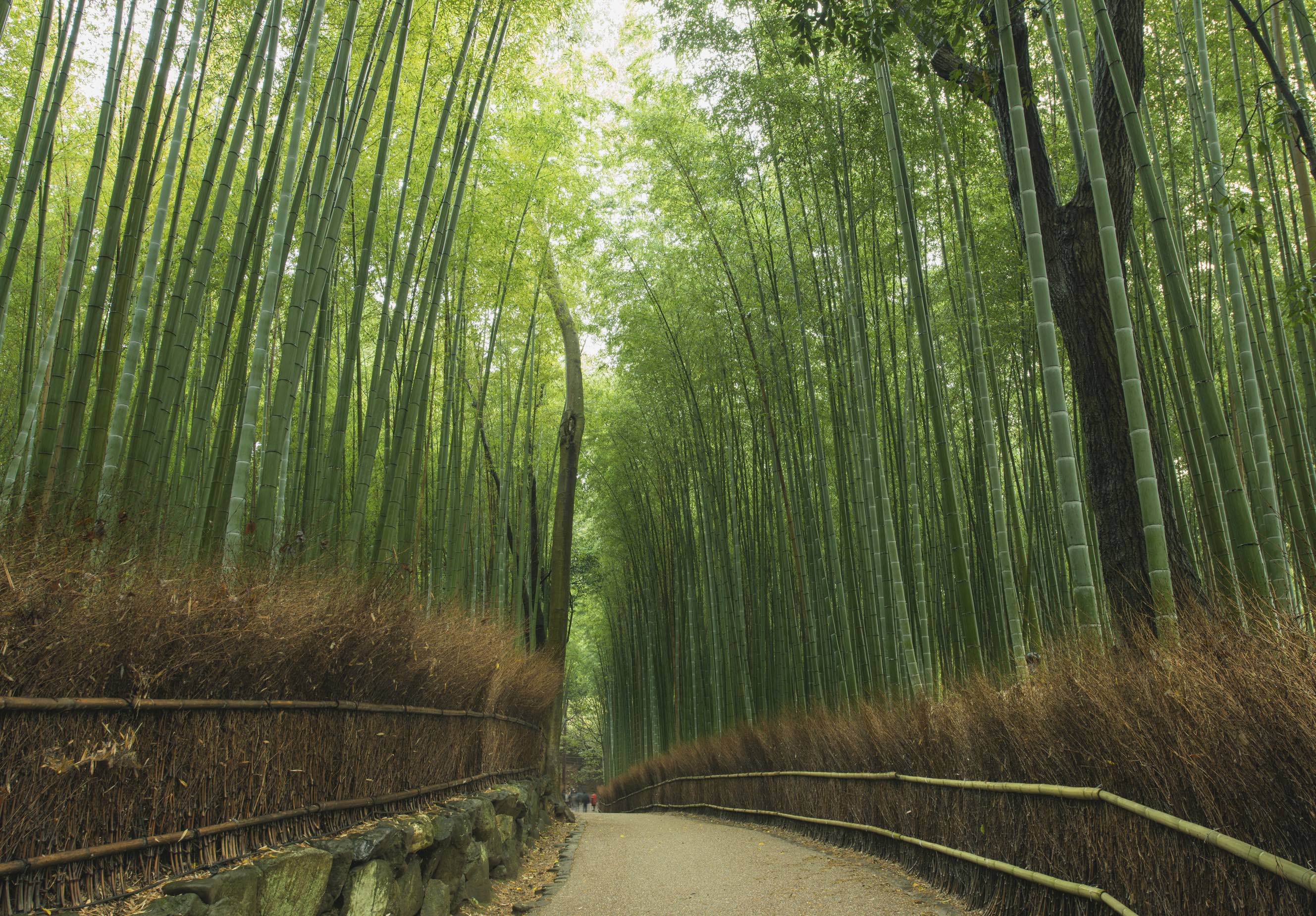
Arashiyama Bamboo Grove is a serene sanctuary located on the outskirts of Kyoto, where towering bamboo stalks create a peaceful atmosphere. Visitors can wander along the winding paths, surrounded by the gentle rustling of bamboo leaves, and immerse themselves in nature’s tranquility. The grove is particularly enchanting during early morning or late afternoon when sunlight filters through the dense canopy.
4. Kiyomizu-dera Temple: Sacred Waters and Panoramic Views
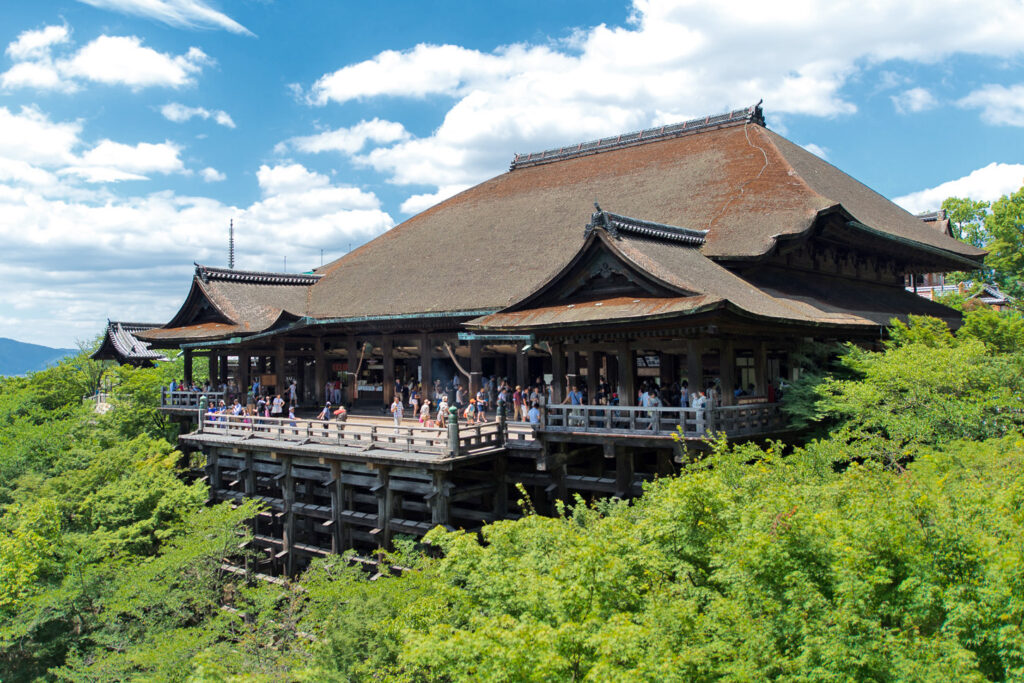
Kiyomizu-dera Temple is a historic Buddhist temple renowned for its impressive wooden structure, which offers breathtaking views of Kyoto from its elevated perch. Visitors can also partake in the temple’s unique ritual of drinking from the Otowa Waterfall, believed to grant wishes and bring good fortune. Surrounded by cherry blossoms in spring and vibrant foliage in autumn, Kiyomizu-dera is a must-visit destination year-round.
5. Gion District: Geisha Glamour
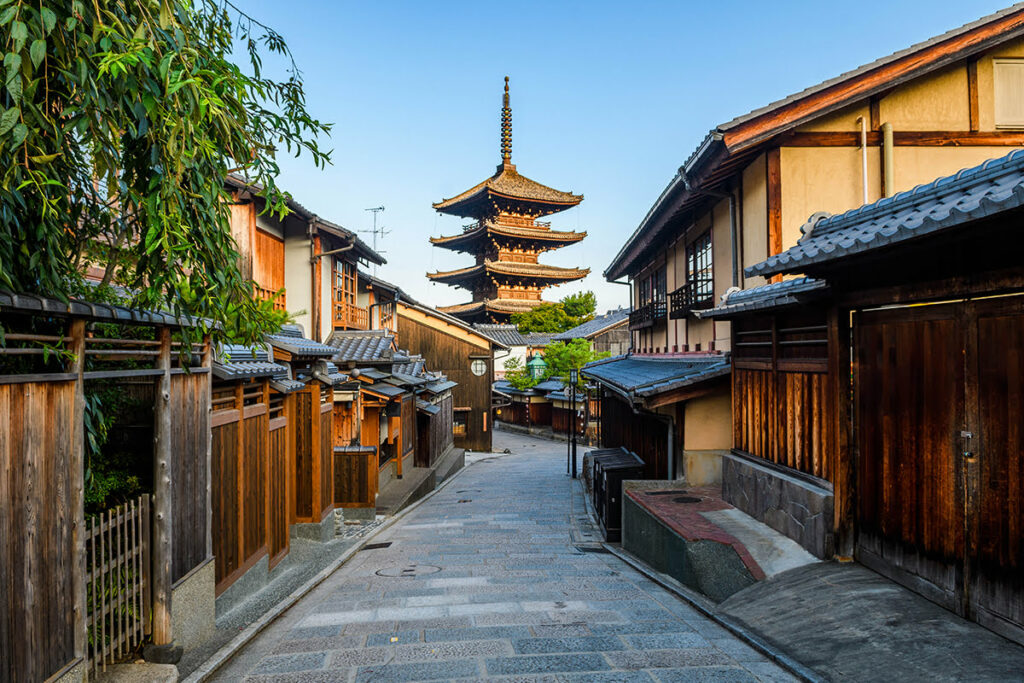
Gion is Kyoto’s historic entertainment district, known for its traditional wooden machiya houses, teahouses, and the elusive geisha culture. Visitors can wander through the cobblestone streets, catch a glimpse of geisha or maiko (apprentice geisha) hurrying to appointments, and experience the timeless charm of Japan’s past. The district also offers a variety of dining options, ranging from cozy izakayas to upscale kaiseki restaurants.
6. Nijo Castle: A Fortress of History
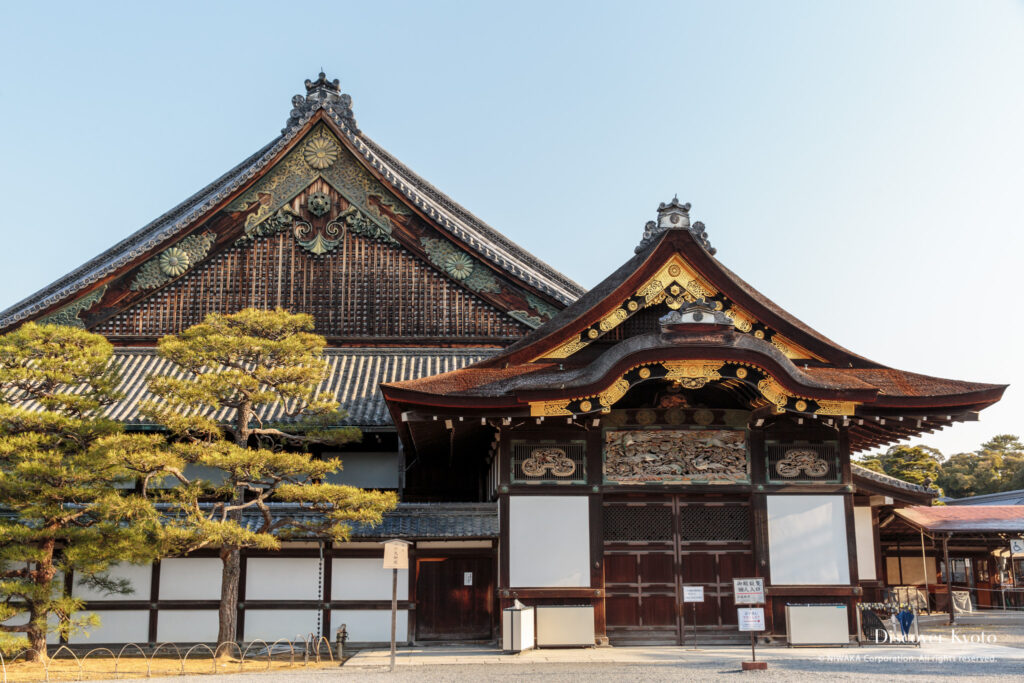
Nijo Castle is a UNESCO World Heritage site renowned for its elegant architecture, beautiful gardens, and historical significance. Built in the 17th century as the residence of the Tokugawa shoguns, the castle features ornate interiors, intricate woodwork, and “nightingale floors” designed to chirp when walked upon to alert against intruders. Visitors can explore the castle’s various buildings and immerse themselves in Japan’s feudal past.
7. Kyoto Imperial Palace: Regal Splendor
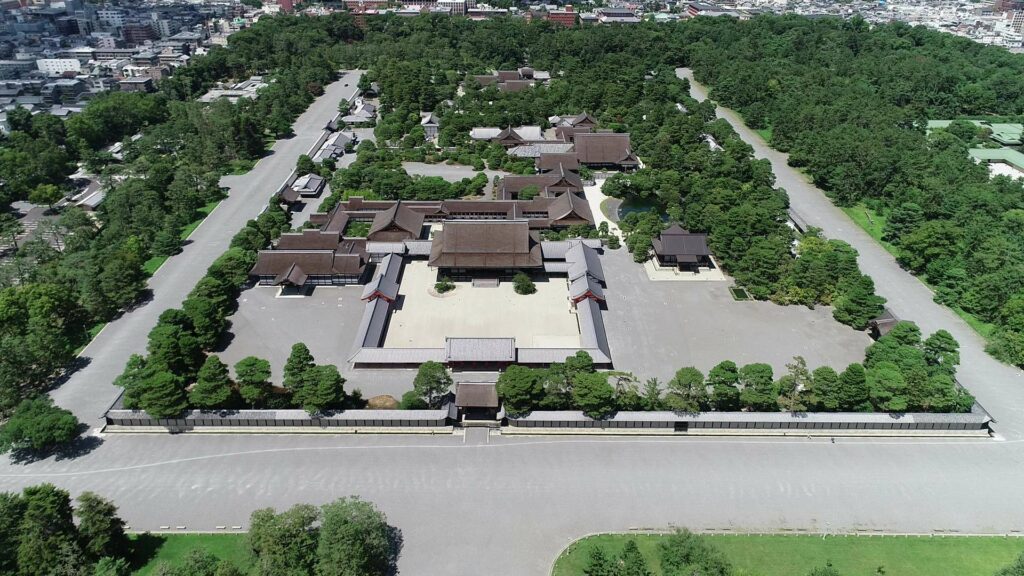
Kyoto Imperial Palace served as the residence of Japan’s imperial family until the capital moved to Tokyo in the late 19th century. Today, the palace grounds are open to the public, offering guided tours that provide insight into Japan’s royal history and architectural heritage. Visitors can stroll through the meticulously landscaped gardens, admire the traditional Japanese architecture, and gain a deeper appreciation for Kyoto’s regal past.
8. Nishiki Market: A Feast for the Senses

Nishiki Market, also known as “Kyoto’s Kitchen,” is a bustling marketplace renowned for its diverse array of fresh seafood, seasonal produce, and traditional Kyoto delicacies. Visitors can wander through the narrow alleyways, sample street food such as grilled seafood skewers, pickled vegetables, and fresh sushi, and experience the vibrant sights, sounds, and aromas of this culinary paradise.
9. Philosopher’s Path: Contemplative Stroll
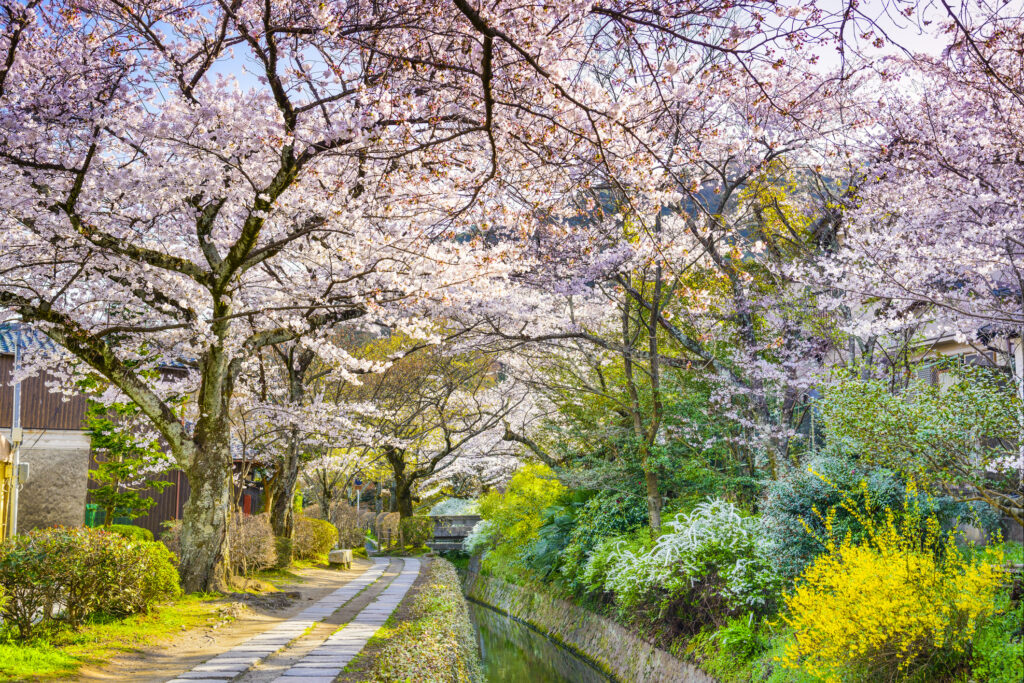
Philosopher’s Path is a picturesque walking trail that follows a canal lined with cherry trees, offering a tranquil escape from the hustle and bustle of the city. The path is named after the influential Japanese philosopher, Nishida Kitaro, who was said to walk along it while deep in thought. Visitors can enjoy a leisurely stroll, particularly during cherry blossom season when the trees are in full bloom, creating a breathtaking tunnel of pink petals.
10. Toei Kyoto Studio Park: Step into the World of Samurai

Toei Kyoto Studio Park offers visitors a unique opportunity to step back in time and experience the world of samurai, ninja, and historical Japan. The park features meticulously recreated Edo-period sets, where visitors can watch live performances, participate in ninja training sessions, and even dress up in period costumes for memorable photo opportunities. It’s an immersive experience that brings Japan’s rich cultural heritage to life.
In conclusion, Kyoto’s allure lies in its seamless blend of ancient tradition and modern innovation, offering visitors a glimpse into Japan’s rich cultural heritage. Whether exploring historic temples, strolling through bamboo groves, or immersing oneself in the vibrant atmosphere of the city’s markets, Kyoto captivates with its timeless charm and beauty. A visit to Kyoto is not just a journey through Japan’s past, but a celebration of its enduring legacy and timeless allure.